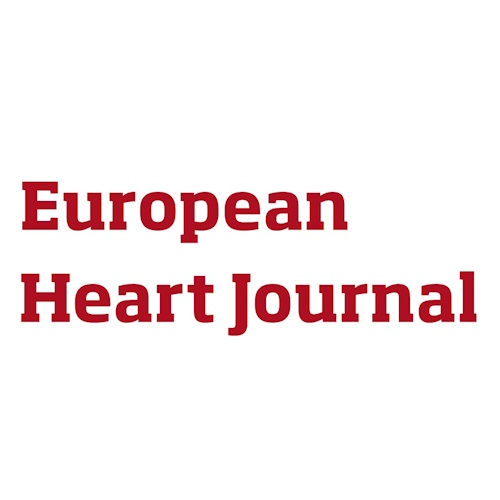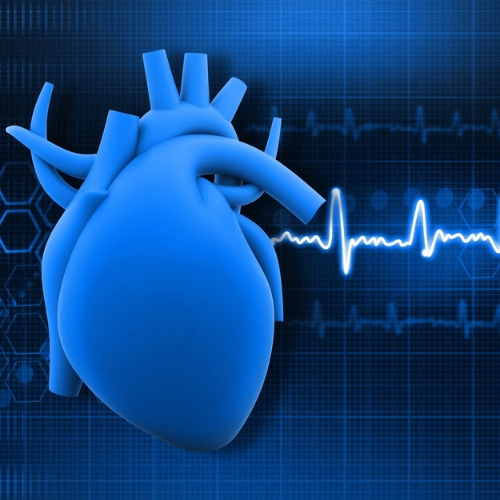Key points from article :
A recent study led by Professor Viviany Taqueti director of the cardiac stress laboratory at Brigham and Women’s Hospital and faculty at Harvard Medical School, published in the European Heart Journal, sheds light on the risks posed by "hidden" fat within muscles, known as intermuscular fat. This type of fat, often invisible in individuals with a healthy body mass index (BMI), is linked to an increased risk of serious heart conditions, including heart attacks and heart failure.
Researchers analysed 669 women with no prior evidence of coronary artery disease but who experienced chest pain or shortness of breath. The study revealed that women with higher levels of intermuscular fat faced a significantly increased risk, with each 1% rise in muscle fat proportion raising their likelihood of a cardiac event by 7%. In contrast, higher lean muscle mass appeared to protect against heart risks, and fat stored under the skin did not contribute to increased danger.
Professor Taqueti explained that intermuscular fat might promote inflammation and disrupt glucose metabolism, leading to vascular damage. She emphasized that BMI is a "controversial and flawed" indicator of cardiovascular risk, particularly in women, as it often fails to distinguish between harmful and benign fat types.
Despite its insights, the study had limitations. It was observational and lacked data on factors like diet, exercise, and insulin resistance. However, experts such as Dr. Ranil de Silva from Imperial College London called the findings "intriguing," noting they highlight a vulnerable group and urge further investigation into how to mitigate risks associated with muscle fat.
This research opens avenues for refining cardiovascular risk assessments and tailoring interventions beyond conventional metrics like BMI.









